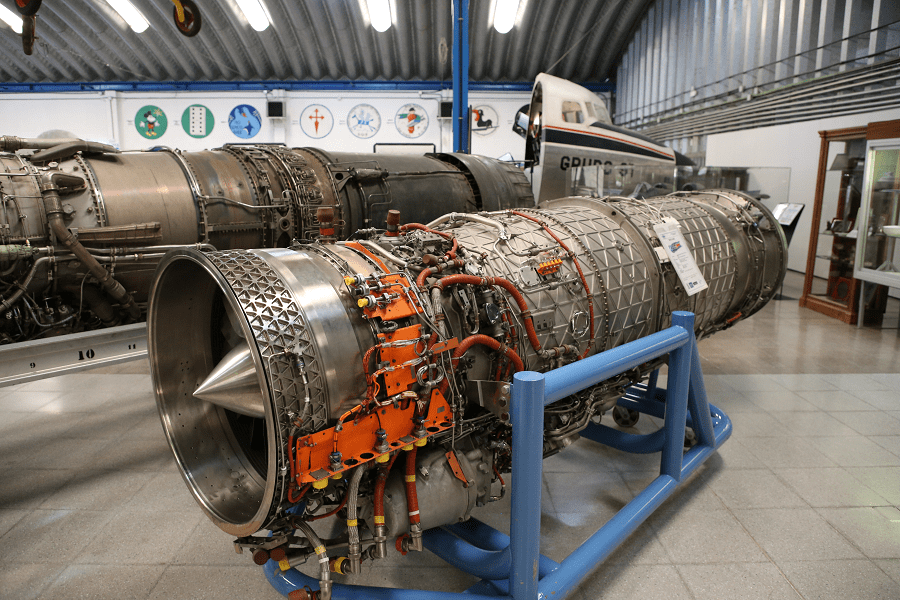SOURCE: RAUNAK KUNDE / NEWS BEAT / IDRW.ORG


Jayant Damodar Patil, Larsen & Toubro’s (L&T) head of aerospace and defence, has put forth an ambitious vision for India’s aerospace industry: the development of a fully Indigenous 110kN thrust engine for fighter jets, leveraging lessons from the Kaveri engine program.
Speaking recently, Patil emphasized that L&T, alongside other major private-sector partners, possesses the capability to achieve this feat within India, provided the government prioritizes technical merit over the restrictive “L1 syndrome”—the practice of awarding contracts to the lowest bidder regardless of quality or innovation.
The Kaveri engine, developed by the Gas Turbine Research Establishment (GTRE) under the Defence Research and Development Organisation (DRDO), was initially designed in the 1980s to power the Tejas Light Combat Aircraft (LCA). Despite decades of effort and an investment exceeding ?2,000 crore ($240 million), the program faltered, delivering only 75-80kN of thrust against a target of 90kN, insufficient for modern combat requirements. Afterburning issues, weight overruns, and technological gaps led to its delinking from the Tejas in 2014, with the IAF opting for General Electric’s F404 engines instead. However, Patil sees the Kaveri experience as a foundation rather than a failure. “The Kaveri has provided a base to develop a new engine entirely in the country,” he noted, pointing to the expertise gained in metallurgy, compressor design, and testing infrastructure.
Patil’s proposal centres on a 110kN-class engine, a thrust level suited for next-generation fighters like the Tejas MkII and the Advanced Medium Combat Aircraft (AMCA). Such an engine would require advanced technologies—single-crystal blades, thermal barrier coatings, and efficient afterburners—areas where India has made strides through Kaveri’s dry variant, now powering unmanned aerial vehicles (UAVs) like the Ghatak stealth drone.
Patil envisions a consortium of private players—potentially including Mahindra Aerospace, Tata Advanced Systems, and Godrej Aerospace—pooling talent and resources to overcome past silos that hampered GTRE’s solo endeavor.
The key, Patil argues, lies in government support that transcends the L1 syndrome, a procurement policy critics blame for stifling innovation by favouring cost over capability. “If the government backs merit over L1 and can attract private-sector companies with expertise in some areas, a pool of talent can be brought together to develop such an engine in the country,” he said. This shift could unlock funding, incentivize risk-taking, and foster collaboration, unlike Kaveri’s state-led model, which struggled with bureaucratic delays and limited industry input.
Yet, challenges abound. Developing a 110kN engine requires a ?15,000-20,000 crore ($1.8-2.4 billion) investment over 10-15 years, dwarfing Kaveri’s budget. India lacks mastery in hot-section technologies and faces a talent crunch, with GTRE’s workforce ageing and private-sector aerospace engineering still nascent. Patil’s call for a consortium could address this, mirroring global models like the Eurojet EJ200, but success hinges on government resolve. Past collaborations—like the stalled Kaveri-Safran deal in 2018—suggest that foreign partnerships might still be needed for critical know-how, which is a balance that Patil’s plan must navigate.
As of now, the government’s response remains unclear, though the Atmanirbhar Bharat initiative aligns with Patil’s vision. The DRDO’s renewed focus on aero-engines, including a ?10,000 crore proposal in 2024 for a 130kN design, indicates momentum. L&T’s entry could accelerate this, leveraging its Coimbatore facility (used for ISRO projects) and partnerships with global OEMs like Rolls-Royce. If backed, this effort could yield a prototype by 2035, aligning with AMCA’s timeline.
NOTE: Article cannot be reproduced without written permission of idrw.org in any form even for YouTube Videos to avoid Copy right strikes. Websites doing illegal reproductions will get DMCA and Legal Notices.